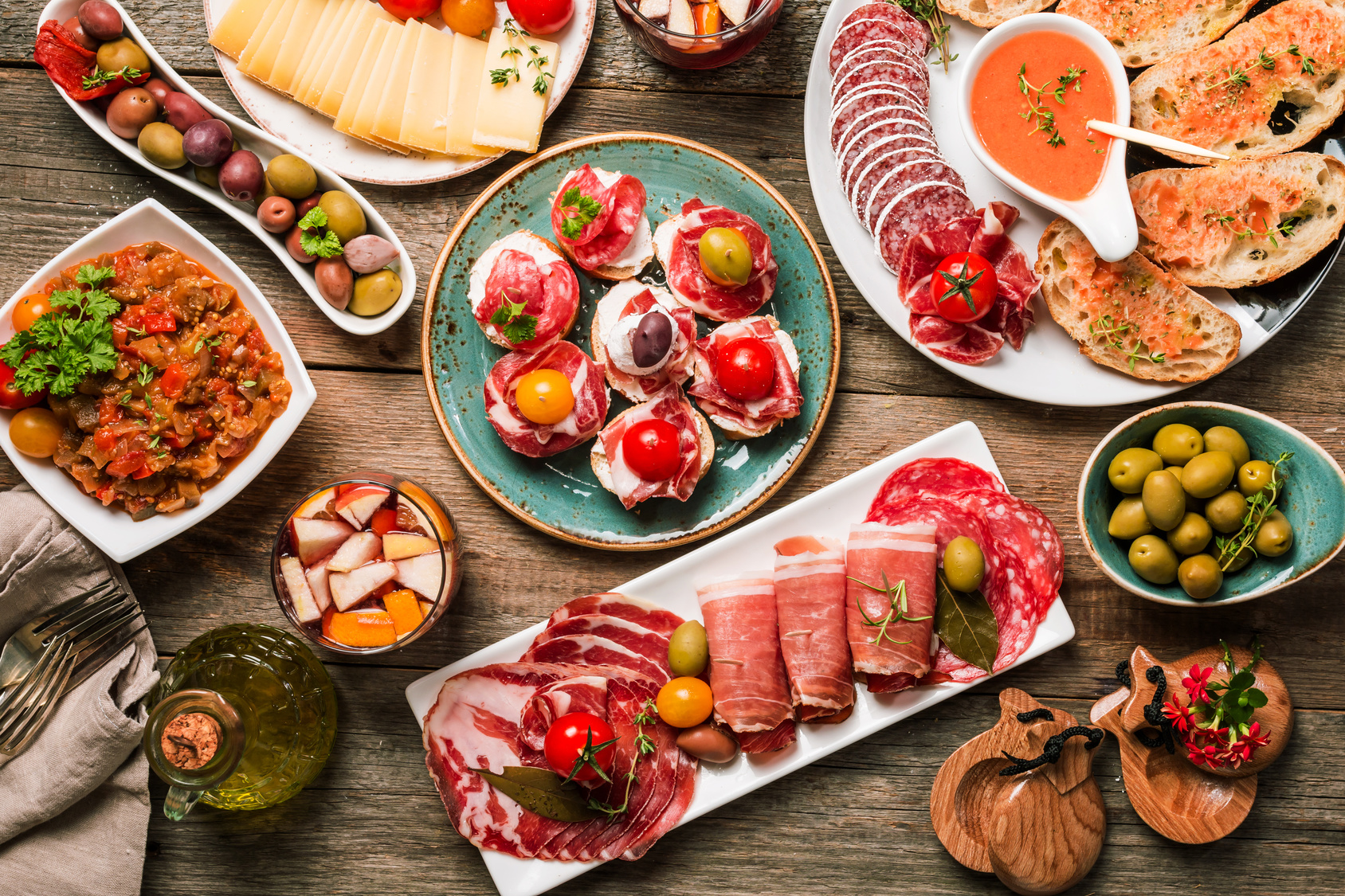Every winter, skiers and snowboarders flock to the little town of Sauze d’Oulx, a top resort in the shadow of the enormous Monte Genevris in the Italian Piedmont region. Popular with winter sports lovers because of its natural location, Sauze d’Oulx is one of a string of resorts that make up the famous Via Lattea or ‘Milky Way’ skiing area.
Thanks to its mix of intermediate and advanced slopes, Sauze d’Oulx is a hotspot for professional skiers. In 2006, the resort hosted the freestyle skiing events during the Winter Olympics in Turin. If you’re looking for skiing of Olympian proportions, you’ve come to the right place.
What is Freestyle Skiing?
A relatively new discipline, freestyle skiing was only recognised as a sport in 1979. During the Winter Olympics of 1988 in Calgary, freestyle skiing was only a demonstration event. It wasn’t until 1994 when freestyle skiing was officially added as an Olympic medal event.
There are many forms of freestyle skiing, many of which you may have seen during Olympic broadcasts! These forms include:
Aerial skiing – In this form of freestyle skiing, the aerialist skis off a jump two to four metres in height, which propels them into the air. Once airborne, the skier executes twists and flips before landing on an incline. Some of the best aerial skiers can perform triple backflips with four complete twists.
Mogul skiing – Moguls are bumps that form on pistes when skiers execute a sharp turn. These snow mounds can form naturally, but for events like the Olympics they are typically artificially constructed on a steep course. The skiers then have to navigate the moguls, weaving in and out as quickly as possible.
Half-pipe skiing – In half-pipe skiing, athletes perform a series of jump and turns while navigating the two curved ramps of the half pipe, a structure also used in snowboarding and skateboarding. Originally built out of half-sections of huge pipes, the half-pipe today is two ramps with an extended flat bottom between them. This particular form of freestyle skiing was only just added to the Winter Olympics in 2014.
While you may not be able to execute fancy jumps and turns, Sauze d’Oulx and its neighbours along the Via Lattea offer professional-grade skiing. Nearby Pragelato and Sestriere, also Via Lattea resorts, hosted the ski jumping and alpine skiing events of the Turin Olympics, respectively. Whether you’re a professional training for your next competition, or simply a novice hoping for a glimpse of Olympic history, Sauze d’Oulx can make all your skiing dreams come true.
How to Get to Suaze d’Oulx
London airports offer non-stop flights to Turin, Sauze d’Oulx’s closest airport, at least twice per day. Total flight time is just under two hours. From the airport, Sauze d’Oulx is only a 75-minute drive. If you’re travelling with skiing kit in tow, consider booking a private or shared Turin airport transfer. Forget the hassle of heavy luggage and navigating snowy mountain roads, and let a professional driver take you quickly and safely to your accommodation.
Another excellent option is the ‘snow train’ – which connects the Via Lattea with major European cities. Simply take the Eurostar from London St. Pancras to Paris, where you can then transfer for a train directly to Oulx, a town five minutes downhill from Sauze d’Oulx.
If road-tripping is more your style, the drive from London to Sauze d’Oulx is a lovely one. The roughly twelve-hour journey takes you through Dijon and Lyon and up into the mountains, so make sure to have the camera ready. Also remember to pre-book your crossing of the Eurotunnel, and make sure your vehicle meets French traffic and safety standards.
Where to Stay
Assieta – A fantastic choice for tighter budgets, Assieta can’t be beat when it comes to convenience. Located right in the centre of town, the hotel is a stone’s throw from the Via Lattea lift, and is a fully ski-to-door facility. The décor inside is accented with light-coloured wood and tones of forest green, bringing to mind the larch trees that surround Sauze d’Oulx.
Chalet Chez Nous – You’ll feel right at home at Chalet Chez Nous, a quaint bed and breakfast that dates back to the 18th century. The breakfast room, with its vaulted stone ceiling, is a wonderful place to enjoy some homemade cakes and croissants before heading out to the slopes. Warm and welcoming, Chalet Chez Nous is the very definition of cosy.
Hotel Chalet Il Capricorno – For Alpine luxury and style, consider a stay at the Hotel Chalet Il Capricorno. Rustic and yet sophisticated, this hotel enchants with its dark wood accents and welcoming lounge full of plush armchairs. After a day out in the cold, there’s nothing better than coming back to a crackling fire and a hearty meal of Piedmont specialties from the hotel’s restaurant.




